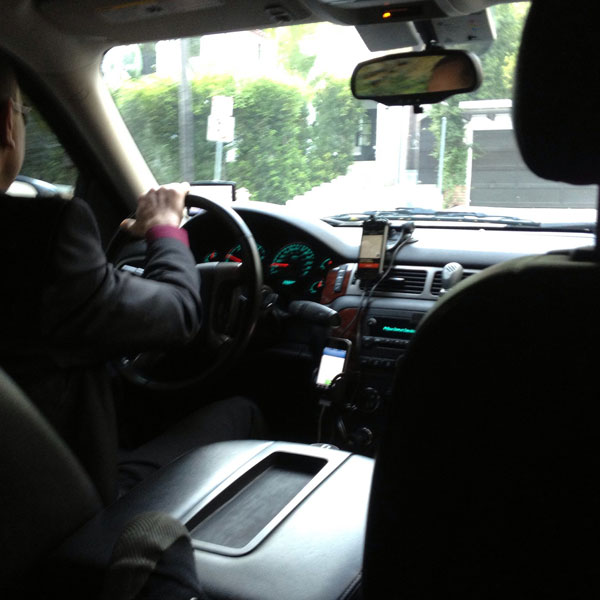
May 14, 2019; New York Times
The National Labor Relations Board (NLRB), headed by Trump-appointed General Counsel Peter Robb, “has concluded that the company’s drivers are contractors, not employees,” reports Noam Scheiber in the New York Times. As NPQ noted last week, ride-hailing services are veritable exemplars for the vast inequality that pervades today’s plutocratic economy. The NLRB ruling buttresses the current ride-hailing business model for now, but it remains to be seen just how much longer the current business model can be maintained.
The NLRB’s memorandum is dated April 16th, but was only publicly released on May 14th. The memo, notes Scheiber, “has no long-term value as a precedent and can be reversed by a future general counsel. But it carries considerable weight in how the board enforces federal labor law.”
In its memo, the NLRB arrives at its conclusion that Uber drivers are contractors, not employees, in part because they have little direct supervision. To quote at length from the memo:
With regard to the “supervision” factor, drivers operated without supervision by Uber. They did not report to supervisors and generally interacted with Uber agents only when a problem arose. Uber did not “assign” trips through the App as drivers maintained the right to reject any particular trip. Although, as discussed above, Uber maintained minimum service standards to the extent necessary to address specific customer complaints, which could affect drivers’ relationship with Uber and earnings opportunities, those customer-driven standards do not amount to the kind of supervision normally indicative of employee status. Overall, drivers had “near-absolute autonomy in performing their daily work without supervision,” supporting independent-contractor status.
But this explanation ignores the constant electronic supervision provided by the app, which through GIS (geographic information systems) tracking knows every move that drivers make while the app is turned on for Uber. In fact, ride-hailing drivers in many respects face a degree of supervision that famed industrialist Frederick Taylor—whose Taylorist form of “scientific management” was later brilliantly parodied by Charlie Chaplin—could only dream of. Supervision is also carried out by other means; for instance, Wilma Liebman, who was an NLRB chairwoman under President Barack Obama, tells Scheiber that drivers’ ability to act as contractors is almost “completely circumscribed by the company’s control of the price.”
Sign up for our free newsletters
Subscribe to NPQ's newsletters to have our top stories delivered directly to your inbox.
By signing up, you agree to our privacy policy and terms of use, and to receive messages from NPQ and our partners.
The NLRB’s decision to maintain Uber drivers’ status as independent contractors, while not surprising, has real consequences. As Scheiber writes, “The labor costs of companies like Uber and Lyft would probably rise 20 to 30 percent, according to industry estimates, if regulators or courts forced them to treat drivers as employees.”
Robb, Scheiber notes, “has had a long career in labor law largely spent representing employers. He was involved in the Reagan administration’s legal fight with the air traffic controllers’ union, which went on strike illegally in 1981.” As Scheiber reminds us, “Labor experts have said the government’s decision to fire the controllers contributed to organized labor’s decline.”
The NLRB ruling, while clearly a setback for drivers, is not the last word. Beyond the possibility of a later NLRB reversal, state rulings, such as last year’s Dynamex state supreme court decision in California regarding the gig economy, might also lead to a reclassification of drivers. In short, absent federal action, driver reclassification as employees could still occur on a state-by-state basis, a “risk factor” that Uber itself acknowledged in its initial public offering.
Meanwhile, efforts to organize Uber drivers (and their counterparts at other ride-hailing services) continue. Last week’s global labor action against Uber, Lyft, and Juno makes evident the emergence of a new labor organizing model. Groups like L.A. Rideshare Drivers United, the New York Taxi Workers Alliance, and Gig Workers Rising have no intention of going away.
“Drivers across the globe are organizing and demanding rights,” Bhairavi Desai, executive director of the New York Taxi Workers Alliance, said in response to the memo. “The road may be long and difficult, but one way or another Uber will have to answer to its workers.”—Steve Dubb













